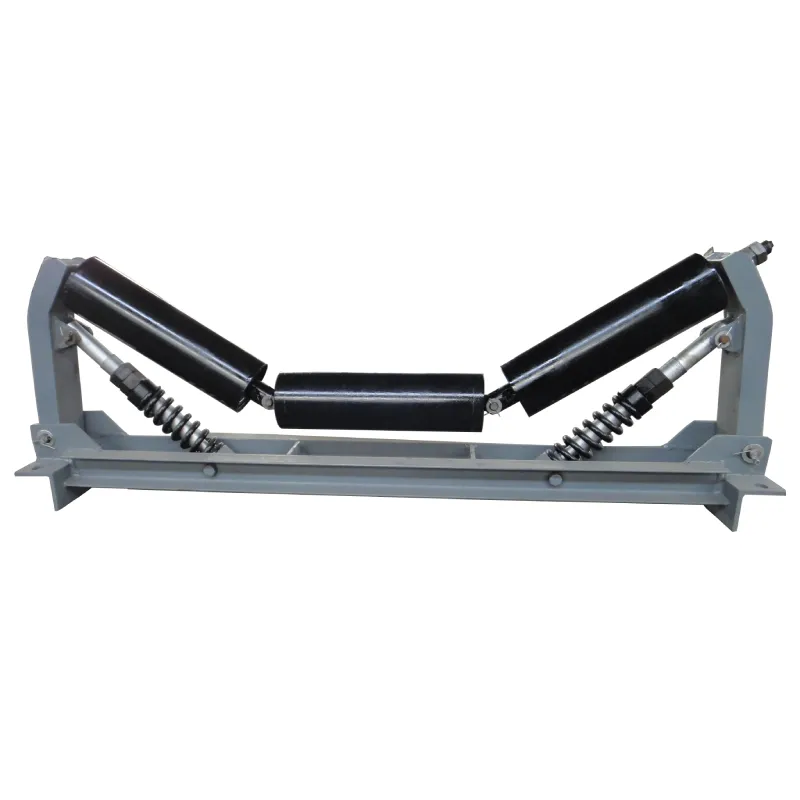 Afrikaans
Afrikaans  Albanian
Albanian  Amharic
Amharic  Arabic
Arabic  Armenian
Armenian  Azerbaijani
Azerbaijani  Basque
Basque  Belarusian
Belarusian  Bengali
Bengali  Bosnian
Bosnian  Bulgarian
Bulgarian  Catalan
Catalan  Cebuano
Cebuano  Corsican
Corsican  Croatian
Croatian  Czech
Czech  Danish
Danish  Dutch
Dutch  English
English  Esperanto
Esperanto  Estonian
Estonian  Finnish
Finnish  French
French  Frisian
Frisian  Galician
Galician  Georgian
Georgian  German
German  Greek
Greek  Gujarati
Gujarati  Haitian Creole
Haitian Creole  hausa
hausa  hawaiian
hawaiian  Hebrew
Hebrew  Hindi
Hindi  Miao
Miao  Hungarian
Hungarian  Icelandic
Icelandic  igbo
igbo  Indonesian
Indonesian  irish
irish  Italian
Italian  Japanese
Japanese  Javanese
Javanese  Kannada
Kannada  kazakh
kazakh  Khmer
Khmer  Rwandese
Rwandese  Korean
Korean  Kurdish
Kurdish  Kyrgyz
Kyrgyz  Lao
Lao  Latin
Latin  Latvian
Latvian  Lithuanian
Lithuanian  Luxembourgish
Luxembourgish  Macedonian
Macedonian  Malgashi
Malgashi  Malay
Malay  Malayalam
Malayalam  Maltese
Maltese  Maori
Maori  Marathi
Marathi  Mongolian
Mongolian  Myanmar
Myanmar  Nepali
Nepali  Norwegian
Norwegian  Norwegian
Norwegian  Occitan
Occitan  Pashto
Pashto  Persian
Persian  Polish
Polish  Portuguese
Portuguese  Punjabi
Punjabi  Romanian
Romanian  Russian
Russian  Samoan
Samoan  Scottish Gaelic
Scottish Gaelic  Serbian
Serbian  Sesotho
Sesotho  Shona
Shona  Sindhi
Sindhi  Sinhala
Sinhala  Slovak
Slovak  Slovenian
Slovenian  Somali
Somali  Spanish
Spanish  Sundanese
Sundanese  Swahili
Swahili  Swedish
Swedish  Tagalog
Tagalog  Tajik
Tajik  Tamil
Tamil  Tatar
Tatar  Telugu
Telugu  Thai
Thai  Turkish
Turkish  Turkmen
Turkmen  Ukrainian
Ukrainian  Urdu
Urdu  Uighur
Uighur  Uzbek
Uzbek  Vietnamese
Vietnamese  Welsh
Welsh  Bantu
Bantu  Yiddish
Yiddish  Yoruba
Yoruba  Zulu
Zulu Choosing the Best Return Rollers for Your Conveyor Belt System
Understanding Return Rollers for Conveyor Belts
Conveyor belts are vital components in various industries, facilitating the efficient movement of materials and products. Among the essential parts of a conveyor system, return rollers play a crucial role in maintaining the functionality and longevity of the belt. In this article, we will explore the significance of return rollers, their types, maintenance, and their impact on overall conveyor efficiency.
What are Return Rollers?
Return rollers are cylindrical components located on the return side of a conveyor belt. Their primary function is to support the belt as it returns to the loading area. Unlike carrying rollers, which are vital during the material transport phase, return rollers prevent the belt from sagging and ensure it maintains a flat and stable profile. This stability is crucial for reducing wear and tear on both the belt and other conveyor components, which can ultimately save costs and enhance performance.
Types of Return Rollers
Return rollers come in various types, each designed for specific applications
1. Standard Return Rollers These are the most common type, designed for general-purpose use. They are typically used in light to medium-duty applications.
2. Impact Return Rollers These rollers are reinforced to withstand heavier loads and impacts, making them suitable for environments where the material being transported may cause significant wear.
3. Self-Cleaning Rollers Designed to minimize material buildup, these rollers help maintain efficiency by ensuring that debris does not accumulate on the return side.
4. Rubber-Coated Rollers These rollers feature a rubber coating to provide enhanced grip and reduce belt slippage, particularly in high-speed applications.
Each type of return roller serves a unique purpose, and selecting the right one for a specific application can greatly affect the performance of the conveyor system.
return roller for conveyor belt

Importance of Maintenance
Regular maintenance of return rollers is essential to ensure optimal conveyor performance. Neglected rollers can lead to belt misalignment, increased friction, and premature wear, ultimately affecting the efficiency and lifespan of the entire system. Maintenance practices include
- Regular Inspections Checking for signs of wear, damage, or misalignment can help identify issues before they escalate.
- Cleaning Ensuring that return rollers are free of debris and buildup helps prolong their life and maintain belt efficiency.
- Lubrication Applying lubricants to bearings and moving parts reduces friction and can prevent overheating, which can be detrimental to the rollers.
- Alignment Adjustments Keeping rollers aligned is crucial for the smooth operation of the conveyor belt. Misaligned rollers can cause excessive wear and increase energy consumption.
Impact on Conveyor Efficiency
A well-maintained set of return rollers contributes significantly to the overall efficiency of a conveyor system. They play a direct role in minimizing the energy required to move the belt, reducing operational costs. Additionally, by supporting the belt properly and preventing sagging, return rollers ensure that the material is transported efficiently without delays.
Moreover, using the appropriate type of return roller for specific applications can help in optimizing the overall performance, further enhancing the overall productivity of the system.
Conclusion
Return rollers are an often-overlooked crucial component of conveyor systems. Understanding their significance, types, and the importance of regular maintenance is essential for anyone involved in material handling. By investing in the right return rollers and ensuring they are well-maintained, businesses can optimize their conveyor operations, reduce costs, and improve efficiency. In today's competitive industrial environment, maintaining the integrity of these systems is crucial for success.
-
Revolutionizing Conveyor Reliability with Advanced Rubber Lagging PulleysNewsJul.22,2025
-
Powering Precision and Durability with Expert Manufacturers of Conveyor ComponentsNewsJul.22,2025
-
Optimizing Conveyor Systems with Advanced Conveyor AccessoriesNewsJul.22,2025
-
Maximize Conveyor Efficiency with Quality Conveyor Idler PulleysNewsJul.22,2025
-
Future-Proof Your Conveyor System with High-Performance Polyurethane RollerNewsJul.22,2025
-
Driving Efficiency Forward with Quality Idlers and RollersNewsJul.22,2025





























